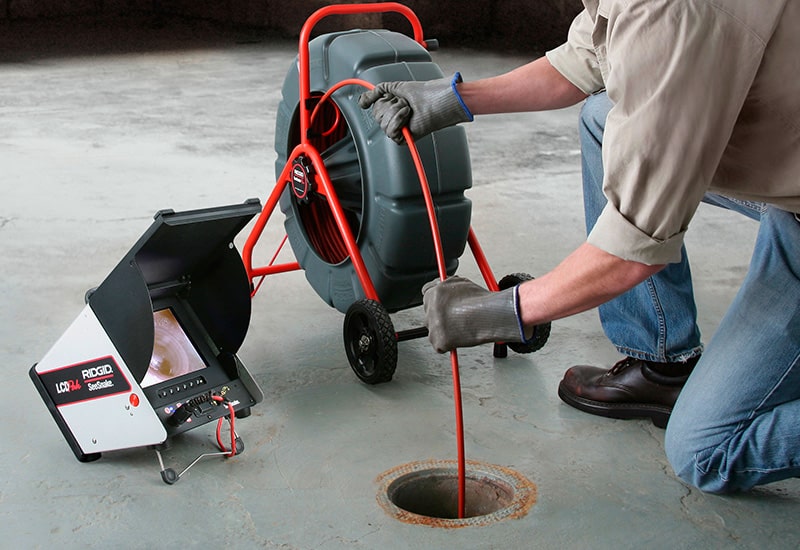Introduction
Blocked drains are a common household problem that can lead to unpleasant odors, slow water drainage, and even flooding. It’s essential to address the issue as soon as possible to prevent further damage and maintain a healthy living environment. In this step-by-step guide, we will walk you through the process of unblocking drains effectively. Our main targeted keywords for this article are blocked drains, unblock drains, and drain cleaning.
Identify the Cause of the Blockage
The first step in unblocking a drain is identifying the cause of the blockage. Common causes of drain blockages include:
- Hair and soap scum build-up
- Grease and food debris
- Tree roots and leaves
- Foreign objects accidentally flushed down the drain.
Once you’ve determined the cause, you can choose the most effective method for clearing the blockage.
Gather the Necessary Tools
Before you begin the unblocking process, gather the necessary tools and materials. Depending on the cause and severity of the blockage, you may need:
- Plunger
- Drain snake or auger.
- Chemical drain cleaner
- Bucket or container
- Rubber gloves
- Protective eyewear
- Old towels or rags

Choose the Right Drain Cleaning Method
There are several methods for unblocking drains, each with its own set of advantages and disadvantages. Consider the cause and location of the blockage when choosing the best method for your situation. Some common drain cleaning methods include:
- Plunging: A plunger can be effective for clearing minor clogs caused by hair, soap scum, or food debris. This method is simple and requires minimal tools, making it a good first step for most homeowners.
- Drain snake or auger: A drain snake or auger is a flexible, long tool that can reach deep into pipes to break up and remove stubborn clogs. This method is more effective for severe blockages and can be used to clear tree roots and other obstructions.
- Chemical drain cleaner: Chemical drain cleaners are designed to dissolve clogs caused by grease, hair, and other organic materials. While effective, they can be harmful to the environment and your pipes if used improperly. Always follow the manufacturer’s instructions and use caution when handling these products.
- Professional drain cleaning: If you’re unable to clear the blockage yourself, consider hiring a professional drain cleaning service. They have specialized equipment and expertise to clear even the most stubborn clogs.
Perform the Drain Cleaning Process
Once you’ve chosen the appropriate method, follow these steps to unblock your drain:
- Safety first: Put on your rubber gloves and protective eyewear and lay old towels or rags around the work area to catch any spilled water or debris.
- Plunging: Position the plunger over the drain opening and push down firmly, then pull up quickly. Repeat this process several times to create enough suction to dislodge the clog.
- Using a drain snake or auger: Insert the head of the snake into the drain and turn the handle clockwise to extend the cable. Continue turning until you feel resistance, then turn clockwise to break up the clog. Pull the cable back out, removing any debris.
- Applying a chemical drain cleaner: Carefully pour the recommended amount of drain cleaner down the drain, following the manufacturer’s instructions. Wait the specified amount of time, then flush the drain with hot water to dissolve and wash away the clog.
- Professional drain cleaning: If you’ve tried the above methods without success, it may be time to call in the professionals. They will assess the situation and use specialized equipment to clear the blockage quickly and safely.

Preventing Future Blocked Drains
Once your drain is clear, take steps to prevent future blockages. Some tips for maintaining clear drains include:
- Install drain screens to catch hair, soap scum, and food debris before they enter your pipes.
- Dispose of grease and food scraps in the trash, not down the drain.
- Regularly clean your drains with a mixture of hot water, baking soda, and vinegar to break down build-up.
- Avoid flushing non-biodegradable items down the toilet, such as wipes, cotton balls, and feminine hygiene products.
- Schedule regular professional drain cleanings to keep your pipes in optimal condition.
Conclusion
Blocked drains can be a frustrating and potentially costly problem if left untreated. By following this step-by-step guide, you can effectively unblock drains and prevent future issues. Remember, it’s essential to address drain blockages as soon as possible to maintain a healthy and comfortable living environment. If you’re unable to clear the blockage yourself, don’t hesitate to call in professional help to ensure the job is done safely and effectively.





